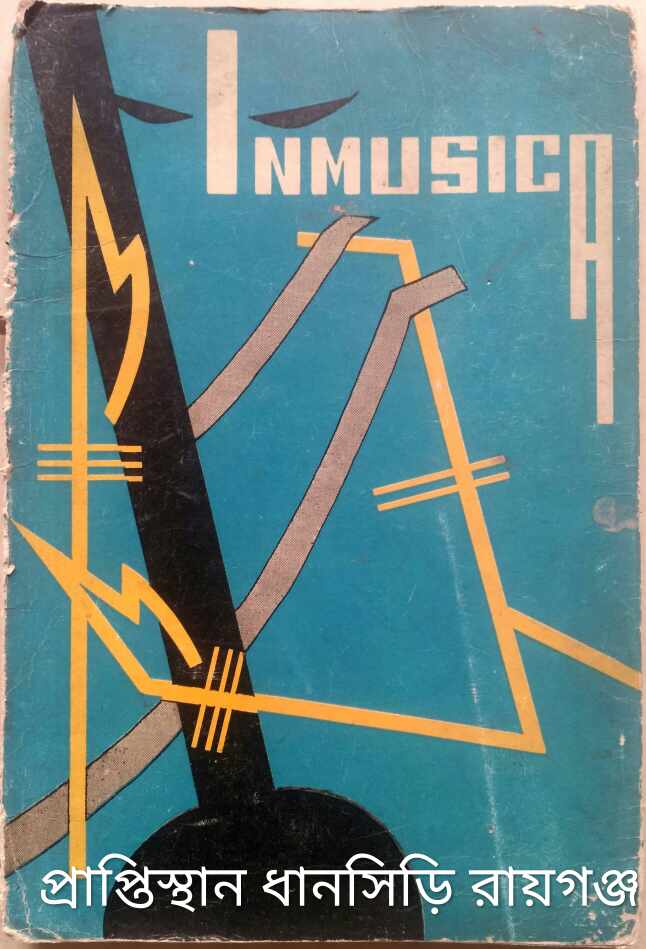Description
The invasion of Sultan Mahmud in 1010 A. D. marks the advent of Muslim rule in India. The Yamini Sultans of Ghazni were originally Turks and the Turki rule in
India was founded at this time. The map of India after the death of Sultan Mahmud will show that an extensive
region upto Multan and Lahore had already been annexed into the Muslim empire. After this the ruling power came to the hands of the Ghori Sultans. Thereafter in 1192 A. D. the whole of Northern India including Delhi fell into the hands of the Muslims followingthe defeat of Prithviraj at the battle of Tarain, when Kutubuddin Aibek installed himself on the throne of Delhi in 1206 A. D. When Iltutmish died in 1236 A. D. the tracts of Bengal, Bihar and Do-ab had already come into Muslim possession. Subsequent history is the tale of annexation of kingdoms one after another. The period of two and half centuries from 1030 A. D. to the death of Kaikobad in 1290 A. D. can be taken as the first stage of Muslim rule in India. After the Turkish rulers the Khiljis ruled upto 1320 A.D. and then came the
Tughluqs who ruled upto 1413 A. D. They were followed by the Sayyids who carried on their administration upto 1451 A. D. Lastly the empire passed on to the
Mughals from the Lodis in 1526 A. D.
The Sultanate period of Indian History is not reputed for achievement in any field of life. Territorial avarice and various barbarities manifested themselves one after another.Cultural activities must had been rare in such a condition. Yet we are surprised when we find that most of the fine arts which were fully established in
the Mughal period had their roots in that age. Cultural activities during the Mughal period are well known to us since so many token of this period remained extant even after the end of the Mughal rule. Evidences of culture during the Sultanate period are very few and the little that can be collected are available only in contemporary writings mostly political in nature. Unfortunately, no other sources remain except casual references of cultural incidents recorded in these writings.The most outstanding work of the Sultanate period is Tarikh-i-Firuzshahi by Ziauddin Barni. This work is in itself a combination of historical details, literary
excerpts and moral lessons. While it mainly describes political happenings, it is not wanting in poetical quotations and other references. Barni was connected with the ruling community. His father Muayidul Mulk was a Naib of Prince Arkali Khan, the second son of sultan
Jalaluddin Khilji. Malik Ataul Mulk, the Kotwal of Delhi was one of his uncles. He was an adviser of Sultan Alauddin Khilji. His maternal grandfather Hushamuddin was a Sipah-i-salar during the reign of
Sultan Ghiasuddin Balban. Barni himself was a close friend of Sultan Muhammad bin Tughluq and was associated with him for seventeen years. Barni completed
his writing in 1359.Barni has given a pleasant description of music in
the reigns of Kaikobad and Jalaluddin Khilji. This description is interesting and reveals to some extent how music and musical instruments of the middle
eastern countries migrated into India and
were Indianised.




Be the first to review “In Musica (Journal of The Indian Association of Music Calcutta) volume:2,September 1965”
You must be logged in to post a comment.